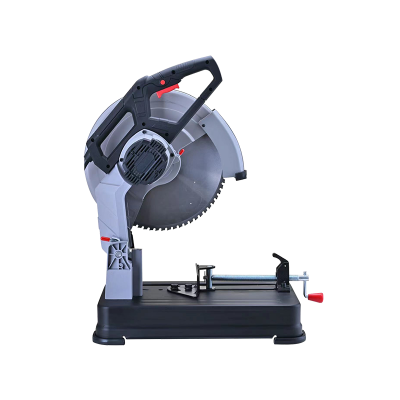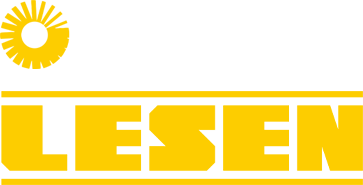A metal cutting machine factory plays a significant role in the industrial supply chain. These facilities are responsible for producing metal parts and components used in construction, automotive manufacturing, shipbuilding, machinery, and various other sectors. To meet the growing demand for precision and efficiency, factories are increasingly turning to advanced technologies that improve output quality, reduce waste, and enhance safety. Below is a look at several key technologies widely used today.

CNC Machining
Computer Numerical Control (CNC) machining has become one of the core technologies in any modern metal cutting machine factory. CNC systems allow machines to operate based on programmed instructions, reducing the need for manual operation and improving consistency. These systems are used in milling, turning, and drilling machines, enabling precise and repeatable movements across multiple axes.
This automation supports the production of complex parts with tight tolerances while also increasing operational efficiency. In many cases, CNC machines can operate continuously, which helps meet higher output demands.
Laser Cutting
Laser cutting technology is commonly found in a metal cutting machine factory that works with sheet metal. A focused laser beam is used to cut materials by melting or vaporizing them along a specific path. Laser cutting is especially effective for detailed patterns, small holes, and components requiring smooth edges. While it is not ideal for thicker materials, it is a reliable method for many precision-cutting applications.
Plasma Cutting
For thicker and more conductive materials such as steel and aluminum, plasma cutting is often used. This process involves sending a jet of ionized gas (plasma) through the metal, allowing it to cut quickly and effectively.
In a metal cutting machine factory, plasma cutting is typically chosen for structural or heavy-duty parts. It works well across a range of thicknesses and is often preferred in industries such as shipbuilding or heavy equipment manufacturing.
Water Jet Cutting
Water jet cutting is another advanced method used in a metal cutting machine factory. This technique uses a high-pressure stream of water, often mixed with an abrasive substance, to cut through metal. Unlike thermal cutting methods, water jet cutting does not generate heat, which means there is no heat-affected zone or risk of thermal distortion.
This makes it suitable for cutting heat-sensitive materials or projects where precision edges are required. It is also environmentally friendly, as it produces no harmful fumes or dust.
Robotic Integration
The integration of robotic systems into a metal cutting machine factory has improved automation and safety. Robots are used to load raw materials, handle finished parts, and even operate or assist cutting machines. These systems reduce manual labor and improve consistency, especially in repetitive tasks.
Robots can also be combined with machine vision and sensors to adapt to different tasks and monitor production conditions in real time. This flexibility supports greater production reliability.
Digital Software and Monitoring Systems
In addition to physical cutting technologies, software tools like CAD (Computer-Aided Design) and CAM (Computer-Aided Manufacturing) are vital. These systems allow engineers to design parts digitally and generate machine-ready instructions quickly. Many metal cutting machine factories use integrated software platforms to improve workflow, reduce design errors, and streamline production.
Technological advancement has changed the way a metal cutting machine factory operates. By combining physical tools such as laser and plasma cutters with intelligent systems like CNC, robotics, and digital monitoring, these factories can respond to market demands more effectively. Each technology has its own strengths and applications, and their careful use helps ensure that metal cutting remains accurate, efficient, and reliable.
